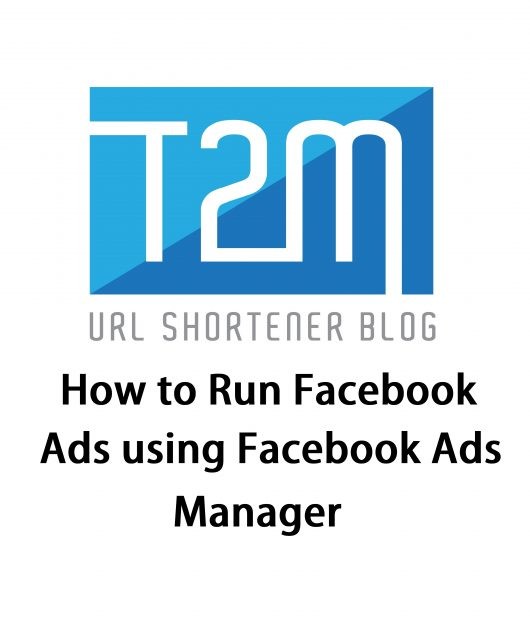Success in the affiliate marketing space depends strongly on meeting your readers’ needs.
Even if your products are perfectly curated and ideally priced, your sales figures are still tied to how well your audience engages with your content.
If you’re writing reviews that focus too sharply on what you, as the marketer, want to achieve, you’re compromising your post’s capacity to convert.
Shoppers are, understandably, selfish with their money and their time. They’re also spoiled for choice. If you don’t give them what they want, there are dozens of other sites that will.
In this article, we’re taking a look at six ways you can publish more effective affiliate content by prioritizing your readers’ needs.
Let’s go!
1. Get to the Point Early
Your readers are on your website because they want advice on what product to buy, not because they want to read a portion of your autobiography.
Many affiliate marketers write long-winded introductions to their posts because they need to hit certain keyword targets. Rather than finding ways to meet these targets with reviews or meaningful content like a buyer’s guide, they create redundant, low-value intros. And these intros alienate readers eager to get to the point.
By all means, kick your review off with a meaningful intro that educates your readers. Many of them will be happy to engage with a long(ish) intro, as long as it carries real meaning for them.
- Dive In’s intro to their The Best Hiking Backpacks in 2021 article is only 250 words long, but it packs a lot of informational punch.
- Medical Alert Buyer’s Guide gets to the meat of their article on The Best Shoes for Elderly Fall Prevention in under 150 words.
2. Add Value with a Detailed Buyer’s Guide
Some of your readers are shopping for a specific product for the very first time. Some of them have no idea what separates a terrible product from a great one. Nor do they understand most of the jargon you use in your article.
Meet these shoppers’ needs by including a detailed buyer’s guide in your review post. Populate it with a ton of valuable information that will help novice readers make sense of your review.
A great buyer’s guide typically consists of:
- A detailed description of the product’s major components.
- The materials that the products are usually made from.
- Detailed information on what separates a bad product from a good one and a good product from an amazing one.
- A glossary of terms that defines every technical term you use in the article.
- Frequently asked questions. Use Google’s “People also ask” section for inspiration.
Here are some examples of great buyer’s guides:
- Run Repeat’s piece on buying hiking boots is one of the most comprehensive guides that’s ever been written on the topic.
- Paddleboards.com goes so far as to position one of its flagship review posts as a guide. They’ve even named the article, “The Complete Guide To Buying Your First Stand Up Paddle Board.”
3. Take It Easy with the CTAs
Many of your readers prize objectivity over sales pitches. They want to feel like they’re being spoken to as someone looking for information, not an entry in your sales funnel.
A super-quick way to alienate one of these visitors is to overwhelm them with call-to-action buttons. Yes, the seller link needs to be obvious and enticing, but it shouldn’t overwhelm the other content on the page.
When designing your CTA links and choosing where to place them, remember that your readers are on your web page because they want helpful, objective information. Not because they’re looking to give you a 3% sale commission.
- The Balance Careers uses tasteful buttons labeled simply: “Sign up now.”
- Man of Many keeps it equally uncomplicated with a black button labeled “Buy it here.” Classy and elegant.
4. Give an Early Summary of Your Findings
Some of your readers won’t find a deep dive into the finer points of your product review necessary. These people will probably just skim-read your article, looking for key points to jump out at them.
Typically, these shoppers already know the topic pretty well and are just looking for high-level info to help them make a decision. They’re close to the end of their shopping journey and ready to pull the trigger on a purchase.
Take advantage of their motivated state of mind and give them an early product review summary. Don’t force them to scroll through your entire 6,000-word post to find the info and CTA they’re looking for.
The product review summary is fast becoming a trend on many affiliate sites. This is usually a table element showing a selection of the post’s products along with key info like:
- Product name
- Manufacturer
- Image
- Ideal customer
- One-line description
- One-line review
- Call to action
These product summaries don’t need to include all of the products listed in the review. To avoid this element eating up too much real estate, display only the items that are most likely to sell.
- Mashable’s Best Juicers post has a review summary that even includes an expandable “pros & cons” layer.
- Very Well Health takes a very minimalist approach to this element in their Best Blue-Light-Blocking Glasses post.
5. Break Down That Wall of Text
Readability plays a big role in readers’ ability to engage with long sections of written information. Plus, don’t forget that people tend to skim-read online content. Articles that make this easy for them are usually more effective at retaining their attention.
One of the most effective ways to make a long section of text more readable is to “chunk” the content into accessible portions of information that readers find easier to process.
The most common chunking methods include:
- Writing short paragraphs.
- Using subheadings liberally.
- Presenting lists as bullet points.
- Using plenty of imagery.
- Using tables or grids to lay out product information.
By using these formatting techniques in your product reviews, you’re avoiding the dreaded “wall of text” – a long, inaccessible section of copy that’s known to alienate online readers.
Techradar does a great job of chunking the information in their Best Wireless Earbuds post, using plenty of images and laying out product information in an attractive, engaging grid.
6. Identify Each Product’s Ideal Customer
People read your product reviews because they want your recommendations. You’re a reviewer. You do the research that they don’t have the time or the inclination to do.
With that in mind, make their purchasing decisions that much easier by giving them the most useful recommendation of all – the ideal customer for each product.
There are a few ways to go about this. The most common is to award each item a relevant “Best for…” label.
In addition to helping people make decisions, these labels are also super handy for skim-readers looking for a clear signal that they should give serious thought to a particular product.
IGN and Tom’s Hardware both use this approach to great effect in their product reviews.
Closing Thoughts
Let’s end this post with a caveat.
Solutions, tactics, and tips in a space as dynamic as affiliate marketing are seldom of the “one size fits all” variety.
Just because certain approaches have established themselves as “best practice” doesn’t mean they’re necessarily ideal for your website and its target audience.
Before making wholesale changes to the way you write reviews, think carefully about the things that make your business unique.
Also consider the people you’re selling to. Ask yourself what their needs are and critically compare these to the needs we’ve talked about in this article.
Only you know whether all our tips apply to your readership. Don’t be afraid to overlook one or more of these guidelines if you feel they don’t apply to you.











